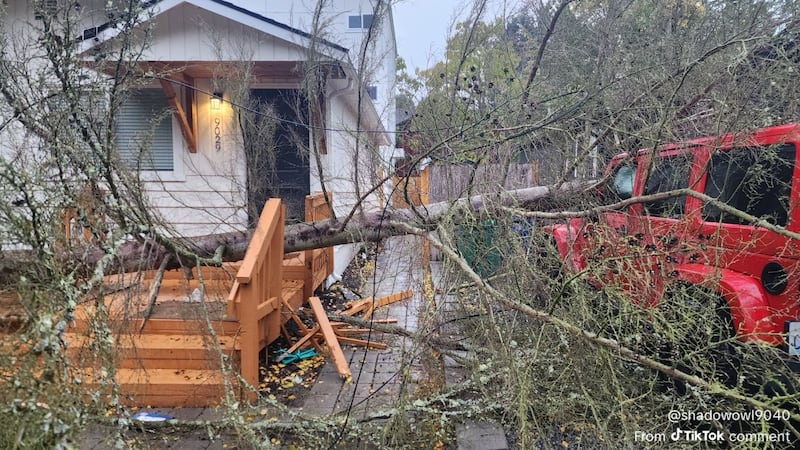SEATTLE — Like the Space Needle 64 years before it, the bold futuristic vision for Pier 58 is intended to be a timeless-modern Seattle memory maker.
“This is a big forward-looking project,” said Seattle historian Feliks Banel. “It’s been decades in the making. It’s coming to fruition now, and now we can enjoy it.”
Banel said it’s significant that the future waterfront gathering place for concerts, culture, and kids to play-- it’s arguably the most historical spot where Seattle meets Elliott Bay.
“Without this part of the Waterfront, Seattle would just be a backwater,” said Banel.
Pier 58, which was originally called Schwabacher’s Wharf, and then Pier 7, has a past covered in grit, gold-dust, and go-getters. This spot is where the Seattle of the 21st century was born.
“It’s not a place where you think about getting cotton candy or maybe a cup of coffee and walking along with your family,” Banel said. “Seattle Waterfront in the 19th century was really the loading dock for the city. It’s not a tourist place. It’s grimy and dirty. It smells really bad. The tide comes in and out while the seaweeds rotting, and there was sewage flushing right into the water.”
In fact, where a park with sparkling view stands now, is where the first flashes of the Seattle/Yukon Gold rush began with a single ship.
“1897 to be specific,” Banel said. “A ship comes all the way from Alaska. “The SS Portland. It was carrying a ton of gold, literally. 2,000 pounds of gold.”
The headlines of the Klondike gold rush became a magnet for the masses. Crowds of the curious, to rougues chasing riches, all drawn to the ships at Pier 58.
“You had to bring all that gold through Seattle,” he said.
And long after its world shipping port heyday ended, even as a viaduct was built right over it, people still were drawn here.
In spite of the viaduct, the waterfront always attracted tourists.
So, in 1974, city leaders transformed the old pier into a new waterfront park, which was criticized for being a little “too concrete.”
After years of deterioration followed by demolition, a large part of the old park collapsed into the water in September of 2020. The collapse even plunged the original bronze Fitzgerald Fountain to the bottom. But divers brought it back--and the old fountain is now part of the new Pier 58.
Banel believes the years of demolition, of planning, grinding, and designing, will result in a signature waterfront spot for generations of visitors.
“I think what’s happening at the waterfront is exciting for so many reasons,” Banel added. “I think it’s about looking ahead many centuries. There’s so much that we can’t control about earthquakes, about the environment, the political environment... but we can control the cultural history of the city, and bring forward the values that we treasure now. We bring those forward intentionally. That’s what’s happening to the waterfront.”
©2025 Cox Media Group





